Abstract: In view of the realization of LED dynamic illumination, this paper proposes a dimming method based on two-channel PWM. By analyzing the geometry, luminosity, chromaticity and power constraints under PWM mixed light technology, the method demonstrates the certainty and limitation of two-channel PWM dimming, and establishes the desired light metric and color metric of mixed light. A quantitative calculation model between two channel duty cycles. Using this method, the white light LEDs of high and low color temperature were mixed and simulated, and the illuminance and color temperature of natural light were simulated. The average error between the measured value and the theoretical value was 15 lx and 23 K, respectively. Experimental results show that this method The spectrum required for the desired luminosity and chromaticity can be better achieved.
Introduction
In 2002, David Berson et al. found a third photoreceptor cell in the retina of mammals. It mainly functions in regulating non-visual biological effects such as human secretion and controlling circadian rhythm. Lighting design also gradually transitions from a single consideration of visual functions to the consideration of both visual and non-visual functions. Studies have shown that dynamic lighting plays a role in the treatment of insomnia, reducing aircraft jet lag, and improving work efficiency.
In order to realize the dynamic lighting design of the LED, it is necessary to control the light color quantity of the light source in real time to modulate the spectrum that meets the requirements of photobiology.
The amount of light color here is a combination of light metrics and color metrics. LED dimming methods commonly used are analog dimming and PWM (Pulse Width ModulaTIon) dimming. The former is a linear adjustment of the LED current, the latter is the use of a switching circuit to change the average of the light output at a frequency sufficiently high relative to the human eye. Preventing color metric offsets is important during dimming. There are two main factors that cause color shift: forward conduction current and PN junction temperature. The color difference produced by analog dimming depends on both, and PWM is primarily determined by the latter. Under normal circumstances, PWM produces a small color difference (white LEDs do not exceed 4SDCM due to junction temperature), and the color difference caused by PWM dimming is not considered in engineering practice.
The PWM driven by constant current has the following characteristics: changing the duty cycle of the LED, the light metric changes linearly and the color metric remains constant. Both the light metric and the color metric are integers that are integer multiples of the average of the square wave period. PWM has also been widely used in engineering practice due to its wide adjustment range.
At present, there is relatively little research on PWM dimming and color grading. Previously, there was a lack of a quantitative calculation scheme that used PWM to simultaneously control the light metric and color metric of the source. Aiming at the above problems, a two-channel PWM dimming color mixing model is proposed, which establishes a one-to-one mapping between the desired light color quantity and the two-channel duty ratio. The algorithm can quantitatively modulate the spectrum of desired luminosity and chromaticity, which provides an effective implementation method for LED dynamic lighting design.
1 method
1.1 Two-channel PWM dimming color determinism
In theory, it can be proved that by mixing the LEDs, there is a certain mapping relationship between the duty ratio of the two-channel PWM and the amount of light of the mixed light. This certainty is determined by the geometry, luminosity, and chromaticity constraints of the PWM mixing technique.
1.1.1 Geometric constraints
From the knowledge of colorimetry, the chromaticity coordinates of the mixed light must be on the line connecting the two light source chromaticity coordinates of the mixed light, and the specific position depends on the mixing ratio of the two light sources. This represents the geometric constraints of the two-channel PWM mixing, which is expressed as follows:
![]()
Where: xc, yc, and xw, yw are the color coordinates of the cold light source (high color temperature LED) and the warm light source (low color temperature LED) participating in the mixed light at full current and duty cycle of 100%, respectively; xm, ym are The color coordinates of the mixed light.
1.1.2 Photometric constraints
The PWM duty cycle of the driving LED is changed, the color metric is unchanged and the light metric is linearly changed correspondingly, and the ratio of the light metric is equal to the ratio of the duty ratio. Depending on the test conditions, the light metric can be luminous flux, illuminance, brightness, or light intensity, and the color metric can be chromaticity coordinates or correlated color temperature.
If the duty cycle of the two sources is known, the light metric of the mixed light can be calculated in conjunction with the superposition principle as follows:
![]()
Where: Yc, Yw are the light metrics of the cold light source and the warm light source participating in the mixed light at full current and the duty ratio is 100%; Dc and Dw are the duty ratios of the cold light source and the warm light source respectively; Ym is the mixture Light metric of light. This is the photometric constraint for two-channel PWM mixing.
1.1.3 Chromaticity constraints
According to the principle of additive color and CIE1931 color coordinate calculation method, the color coordinates of the two light sources after the duty ratio is Dc and Dw respectively should satisfy:

Where: Rc = Y c / yc , Rw = Yw / yw . In fact, it is known from the geometric constraints that when the chromaticity coordinates of the two light sources and the x-coordinate of the mixed light are known, the y-coordinate of the mixed light is determined and unique. Therefore, the chroma constraints of the two-channel PWM mixed light can be simplified as:

Our products ranges:
LED aquarium lights for fish tanks,corals,saltwater tank,marine tank with reef,coral,sps,lps,fish,etc;
LED plant grow lights for agricultural lighting;
Our Coral Reef Led Aquarium Light is popular in led market,cause its elegant outlook and its high quality and competitive price.
Key Features
1.The lifespan is over 50000 hours,low maintenance costs.
2.Energy conservation,saving over 80% energy than the traditional HPS.
3.High light efficiency,90% of the light will be absorbed by the aquatic plants,while just 8%-10% to the HPS.
4.Build-in cooling system,could solve the heat dissipation excellently.
5.Built-in power supply, CE approved, No setup required, just simpler and safer plugs directly into AC85V-264V, no reflector & ballast needed.
Item Display
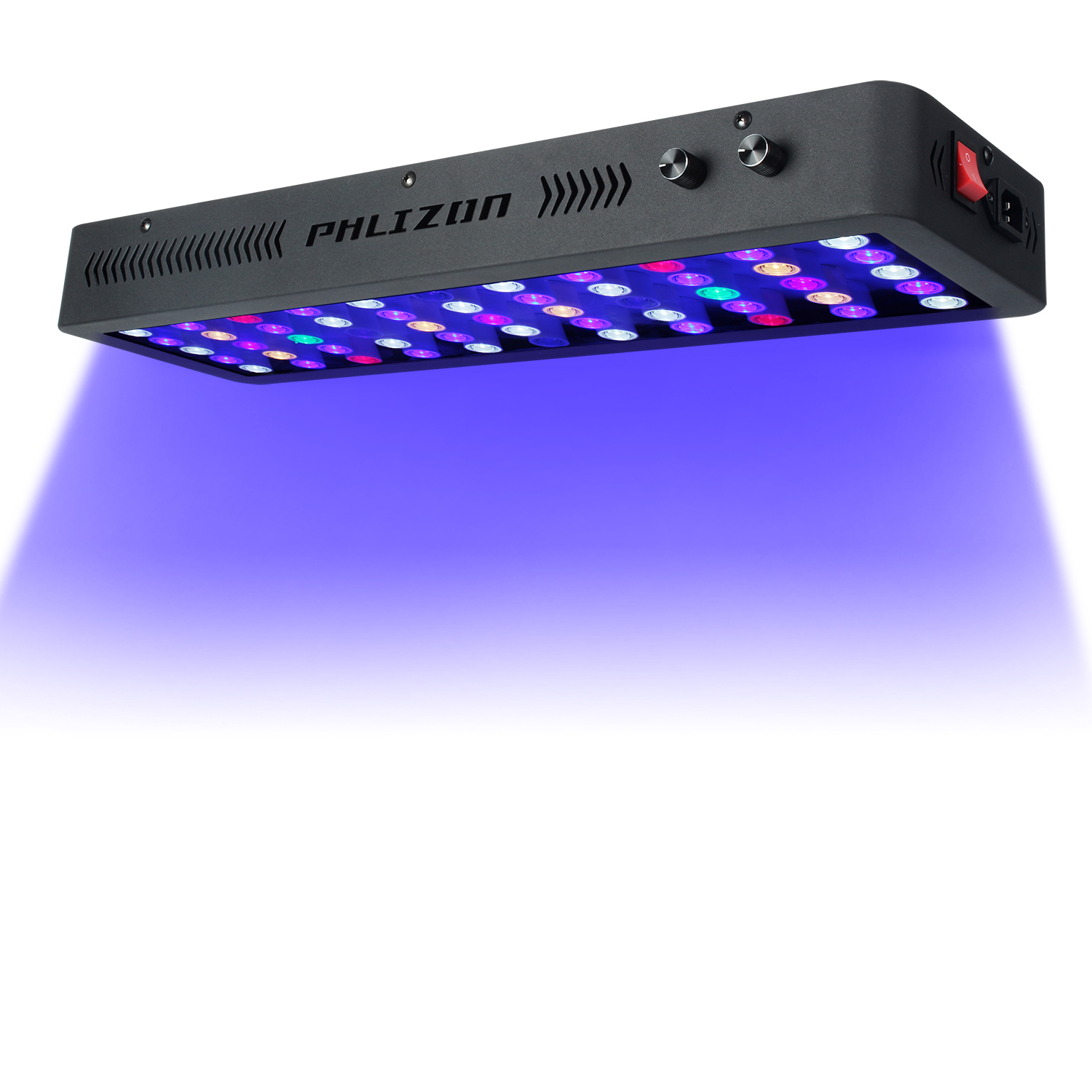

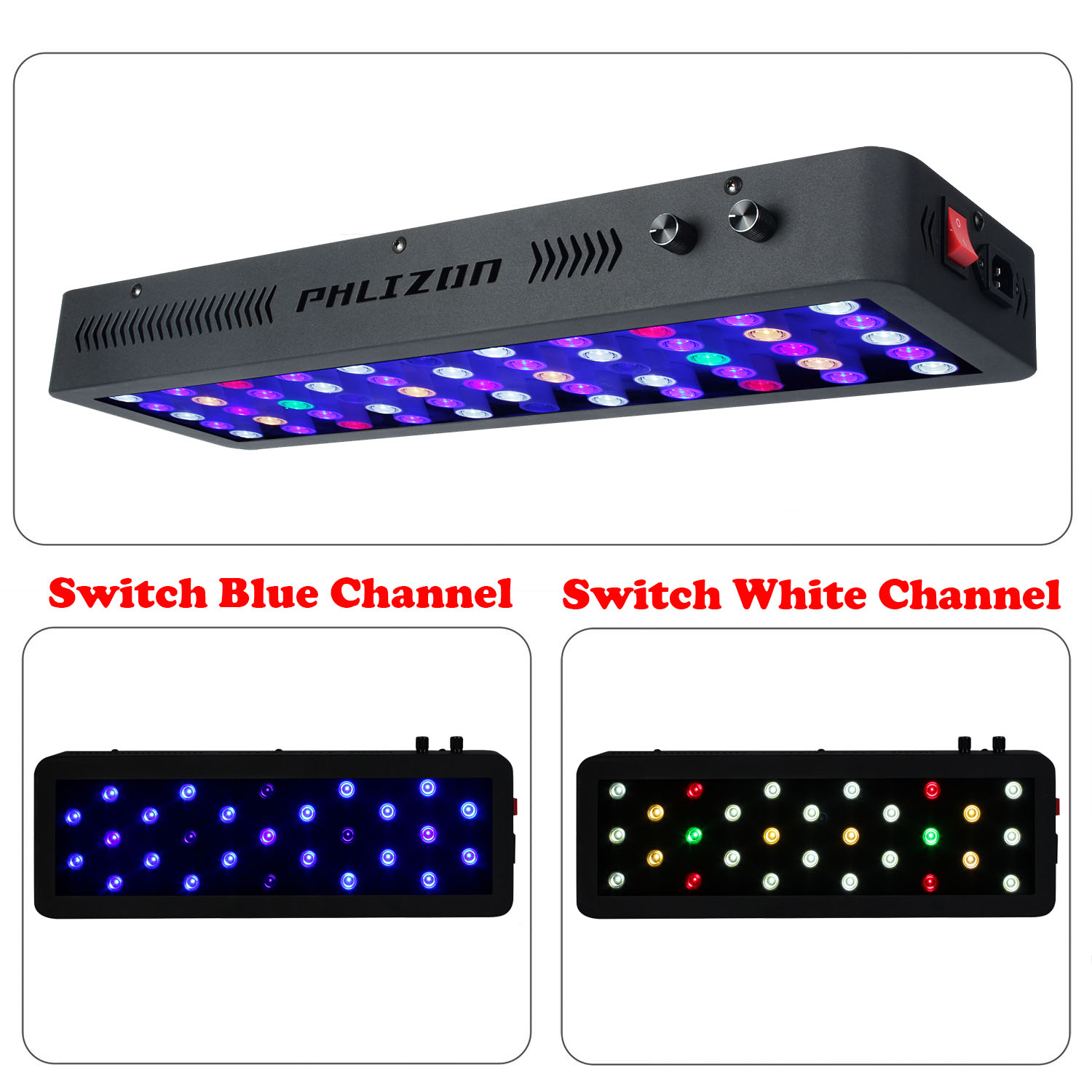
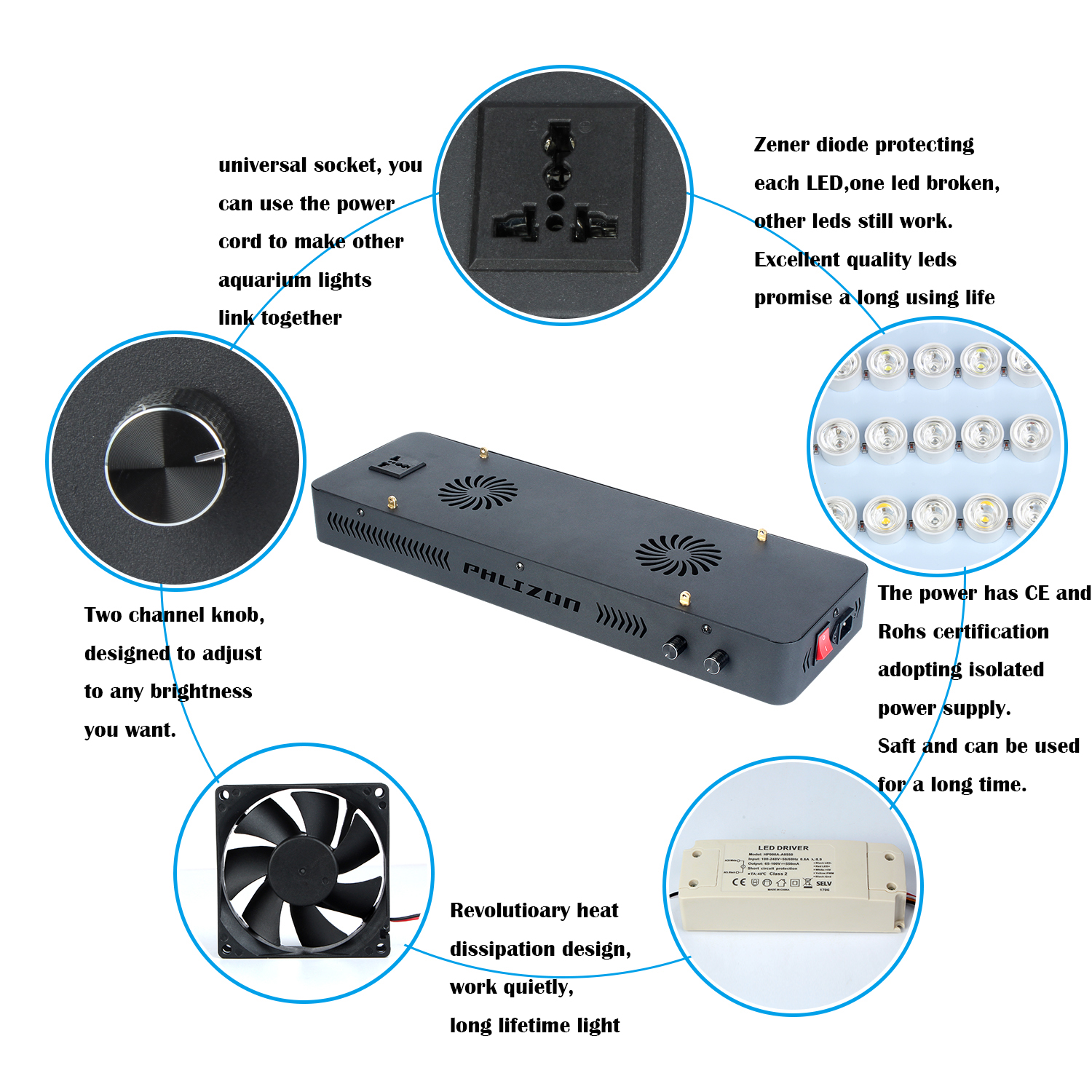
Convenient in using lights at the same time.
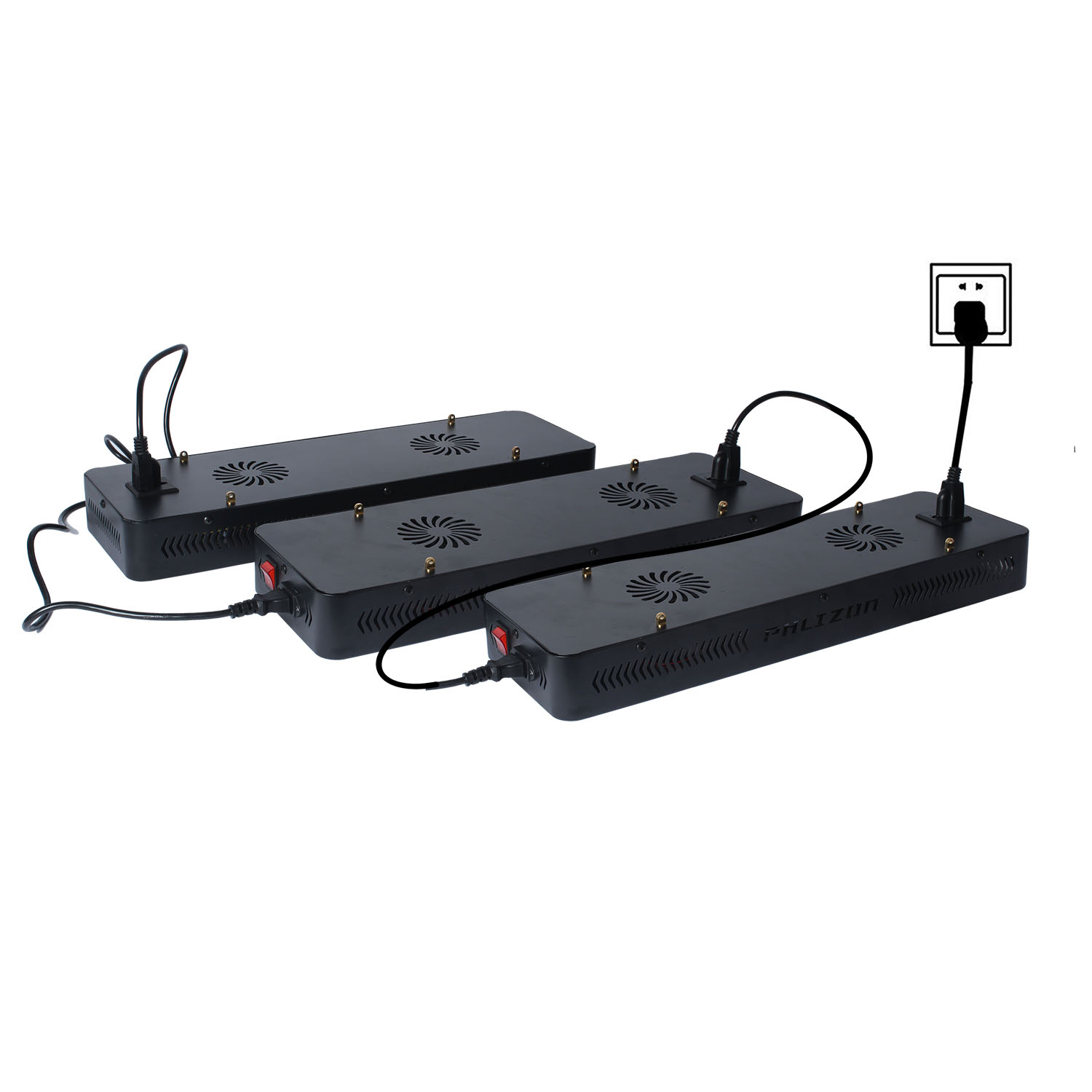
Package Include
1 X Free Hanging Kit
1X Free Power Cord
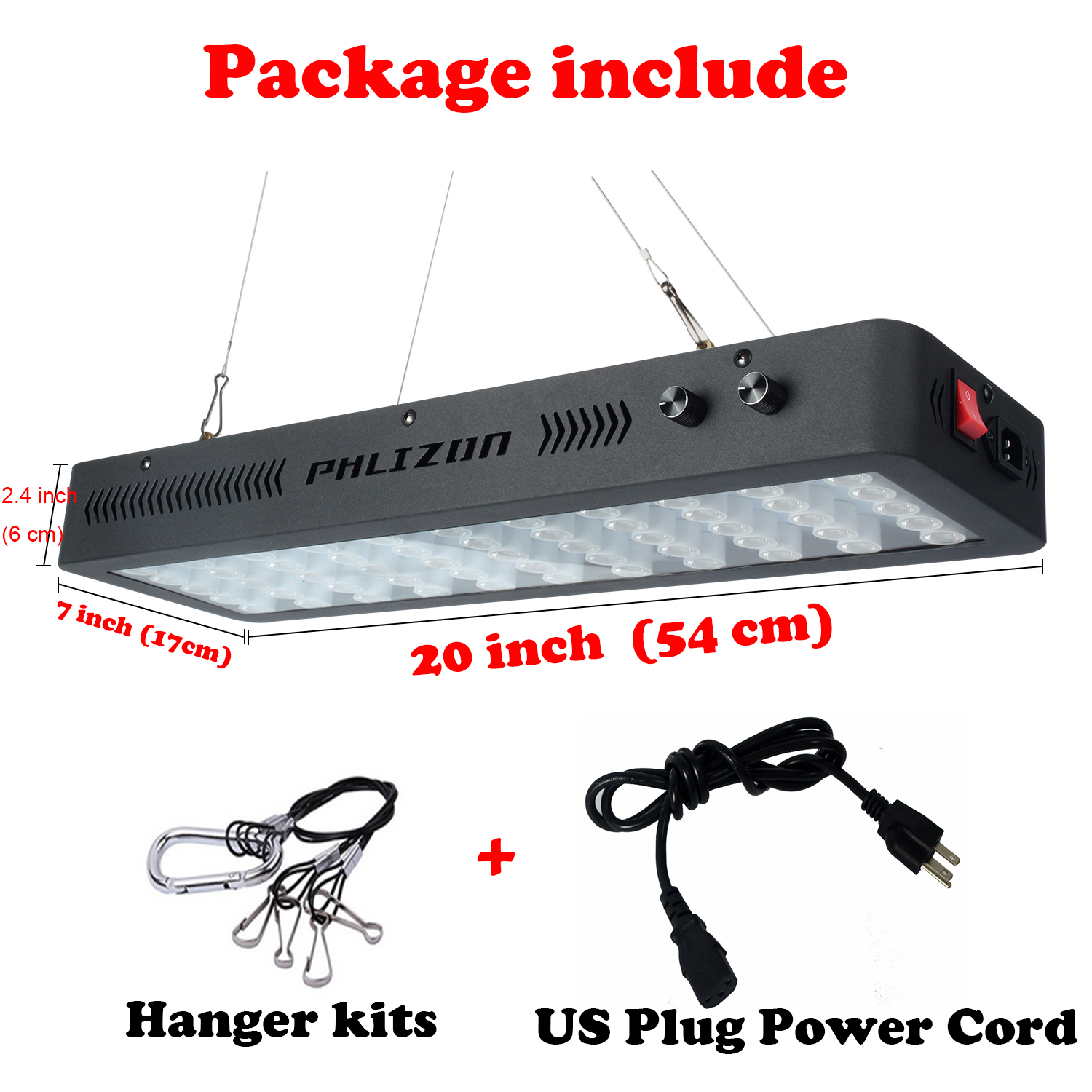
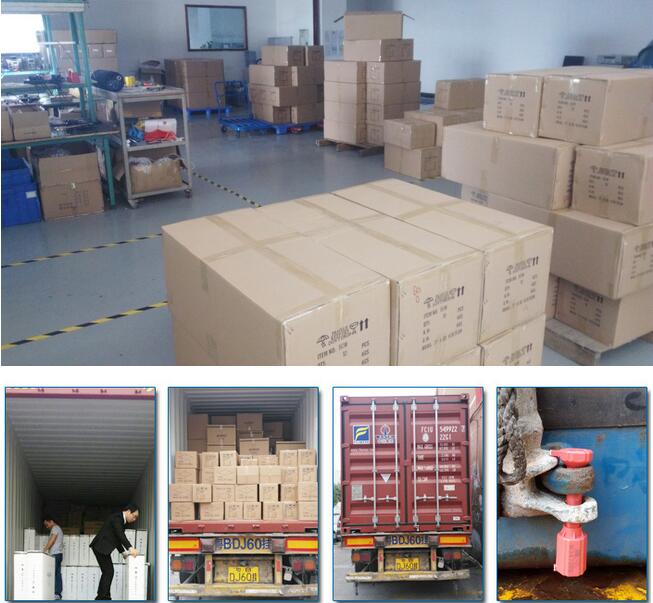
Quality Control systems and after-sales

All the lamps have passed strict quality examination and are packed carefully before shipping.In order that our customers get high quality lamps,we attach importance to every details.
Application
1. coral reef lighting,fish tank lighting,coral reef tank lighting
2. Aquarium Lighting ,aquarium art,aquarium shop,aquarim centre
3. fish bowl lighting,fish lighting,freshwater lighting,saltwater lighting
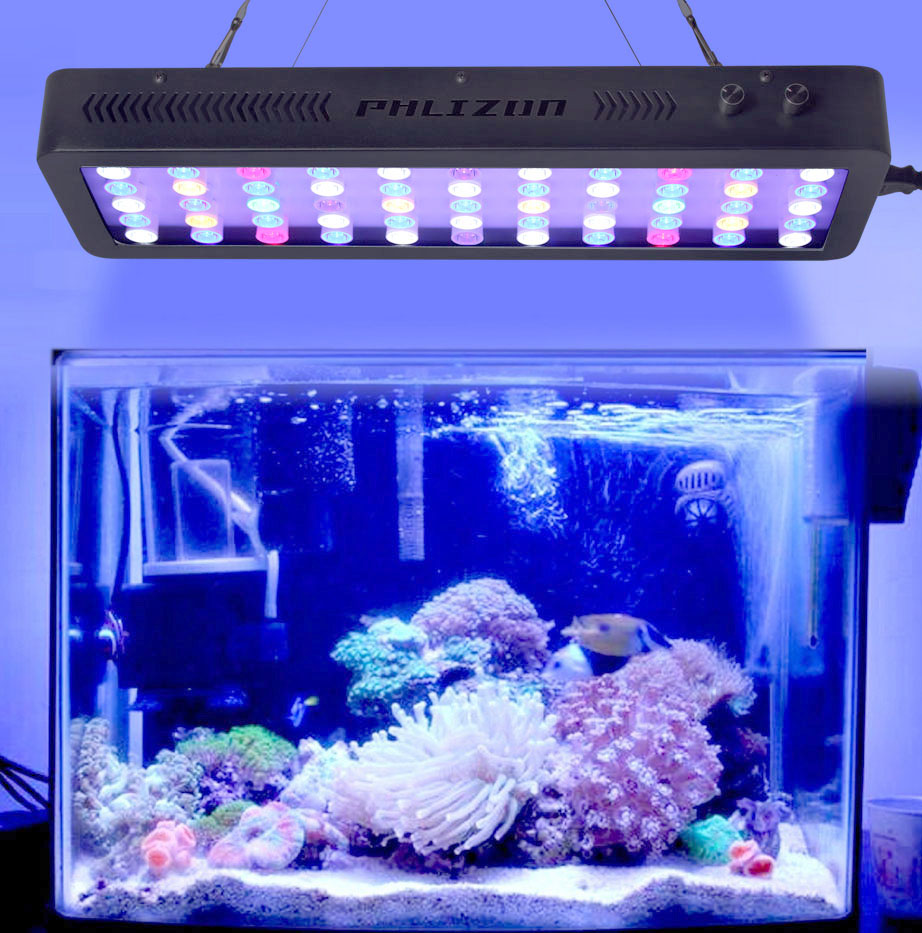
Our Company
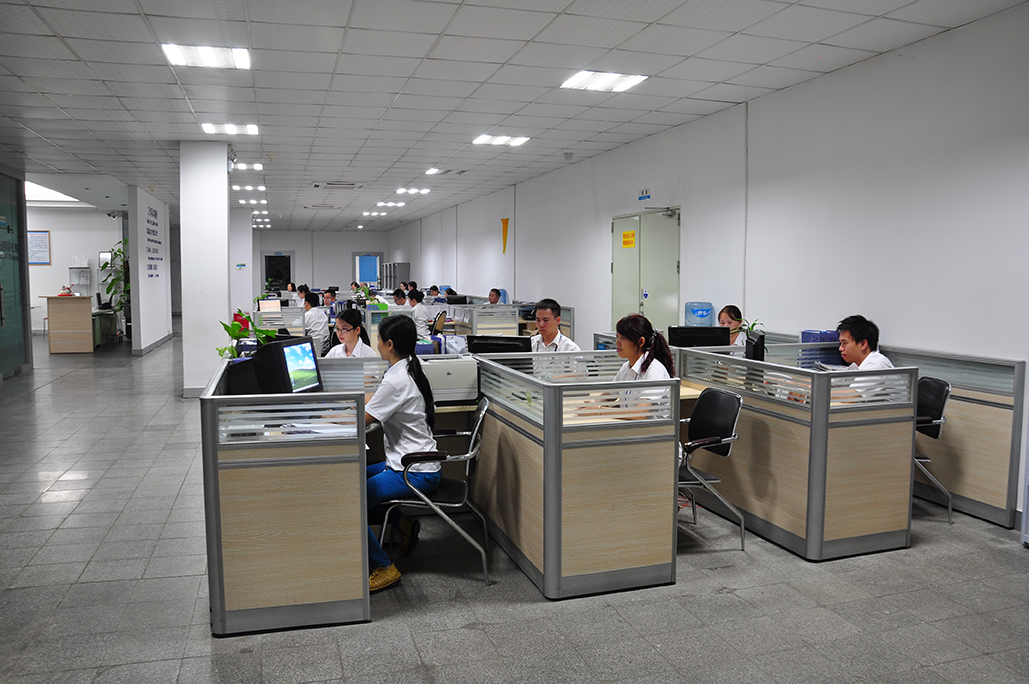
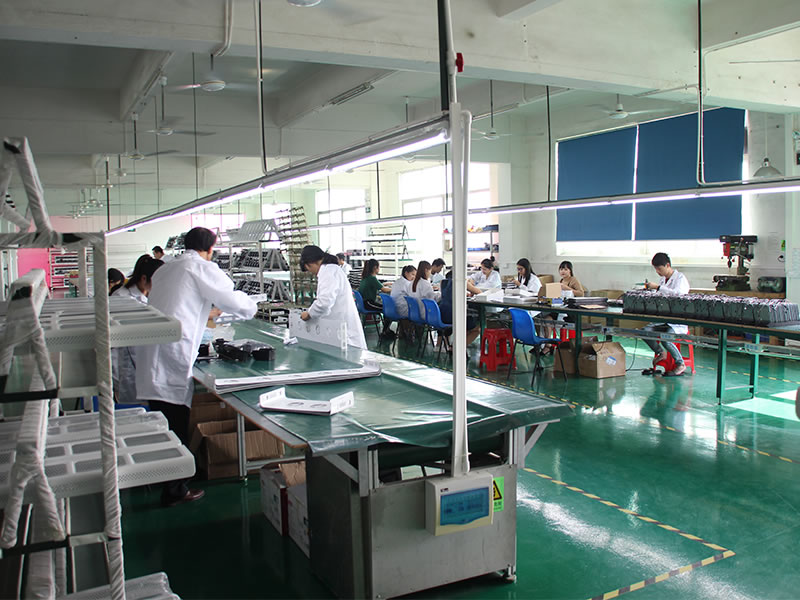
Philizon Advantages
Professional: we are professional Led Grow Lights and Led Aquarium Light manufactuer here in China,you will get Professional and High quality LED Grow Lights and Coral Reef Led Aquarium Light from us and get good guarantee.
Cost-effective Price:we don`t have the lowest price,but the Coral Reef Led Aquarium Light you get from us really cost-effective,good quality & decent price.
Win-win situation:Long term business is our mission,we will provide good Coral Reef Led Aquarium Light and warming service to build a long-term business relationship with you
24/7 unlimted customer service: we are always here for you for your question,any question just email us or call us,we do our best to help you all the way.
Long term warranty: Don`t worry about the quality and we guarantee you 3years warranty for all the Led Plant Grow Light and coral reef led aquarium light.
Best buying experience: you will get the tiptop serive you have ever had,just have a try and you`ll see.
Trade Terms
Payment: T/T, L/C, Paypal, 30% deposits before production, 70% balance to be paid before deliverying(Western Union are welcome)
Sample will be delivered within 7 working days.
Discounts are offered based on order quanlityes.
MOQ:sample order are acceptable
Delivery ways:DHL,UPS,FedEx,TNT, door to door,by sea,by air,etc.
Philizon enjoys a high reputation in grow led lamp and led aquarium light fields throughout Europe and America,Philizon also insists on taking high technology to design the newest&best led grow light and aquarium light constantly as the market request. Our R&D team with more than 10 people has rich experience in appearance design, electronic structure,heat dissipation simulation analysis,optical lens design,light control system etc.Most of our hydroponics full spectrum Led Grow Lighting and Coral Reef Led Aquarium Light are private modules,we have 10 more design patent and utility model patent till now.
Warmly welcome to take a visit on our factory at any time and we will pick you up at the airport or hotel as you request.
Aquarium Led Light,Smart Led Aquarium Light,Smart Aquarium Light,Aquarium Led Light
Shenzhen Phlizon Technology Co.,Ltd. , https://www.philizon.com